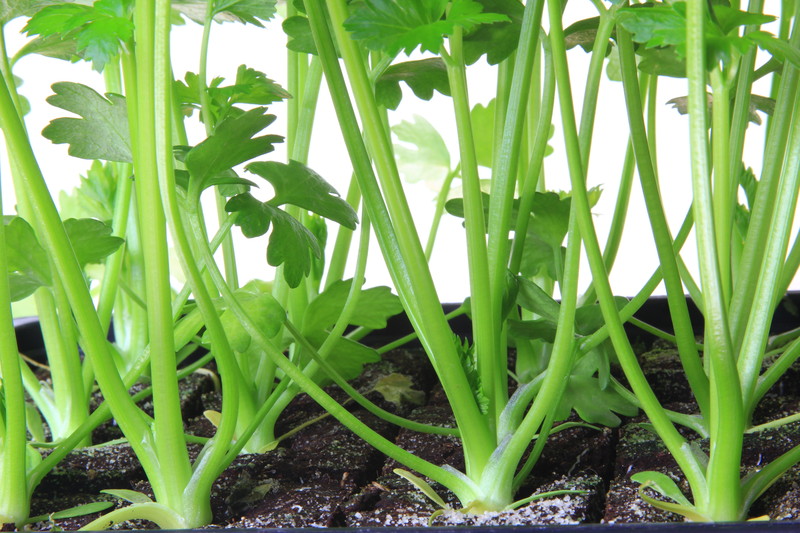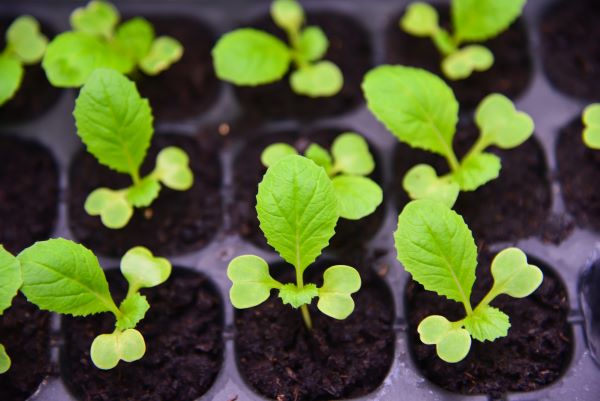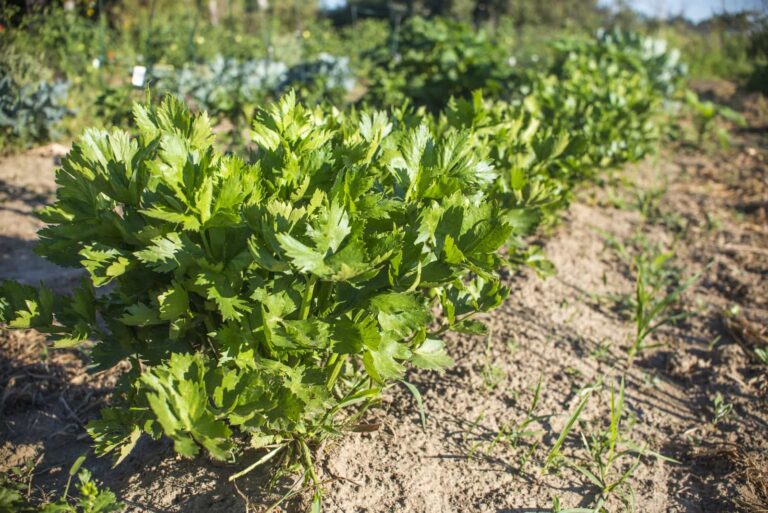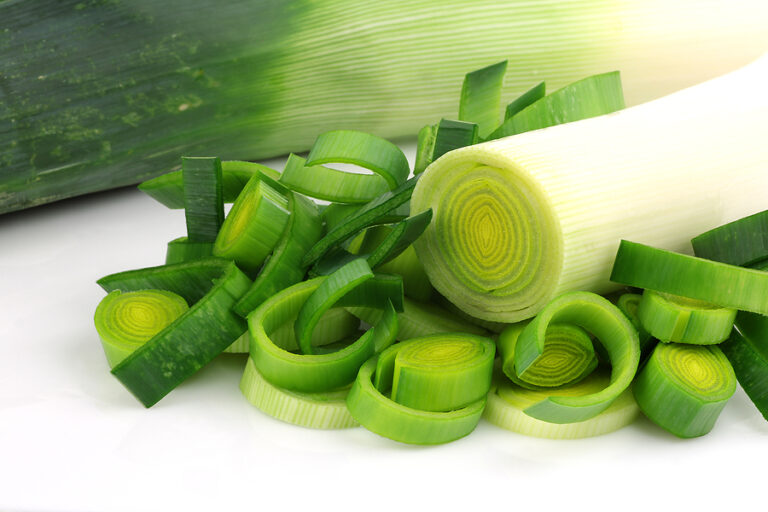When to Plant Celery by USDA Zone
Celery is a cool-season, long-maturing vegetable that requires careful timing for planting. Over my 30+ years of gardening, I’ve learned that planting celery at the right time for your USDA zone is critical for strong growth, tender stalks, and a bountiful harvest. Planting too early can stunt seedlings, while planting too late can result in stringy, bitter celery. This guide explains when to start celery seeds indoors and when to transplant outdoors based on USDA zones.
General Planting Guidelines
- Celery prefers cool weather with daytime temperatures of 60–70°F.
- Long growing season: Celery takes 90–120 days from transplant to harvest.
- Moisture needs: Keep soil consistently damp to prevent stringy stalks.
When to Plant Celery for a Spring Crop
For a spring crop, start celery seeds indoors 10–12 weeks before your last expected spring frost, as the plants need a long, cool growing season to mature. Transplant seedlings outdoors 2–3 weeks before the last frost date, once soil temperatures reach at least 50°F. Celery prefers steady, mild weather, so early planting ensures the plants can grow through cool spring days before the heat of summer arrives.
USDA Zone Spring Planting Schedule
| USDA Zone | Indoor Seed Starting | Outdoor Transplanting | Notes |
|---|---|---|---|
| 3–4 | 10–12 weeks before last frost | 2–3 weeks after last frost | Protect seedlings with cloches or row covers |
| 5–6 | 8–10 weeks before last frost | 2 weeks after last frost | Ensure soil is well-prepared and rich |
| 7–8 | 6–8 weeks before last frost | 1–2 weeks before last frost | Can also direct sow in early spring |
| 9–10 | 4–6 weeks before last frost | Late winter / early spring | Partial shade can prevent bolting in hot climates |
Planting for a Fall Crop
When to Plant Celery for a Fall Crop
Celery is a cool-season vegetable that thrives in mild temperatures and needs a long growing season of 85–120 days. For a fall harvest, sow seeds indoors 10–12 weeks before your region’s first expected frost, then transplant seedlings outdoors once daytime highs stay below 75°F and nights are cool. In most areas, this means setting celery out in midsummer so it matures as temperatures drop. Consistent moisture and rich soil are key to tender, crisp stalks.
Fall Celery Planting Guide by USDA Zone
| USDA Zone | Start Seeds Indoors | Transplant Outdoors | Expected Harvest |
|---|---|---|---|
| Zone 3 | Early May | Late June | September–October |
| Zone 4 | Mid–May | Early July | September–October |
| Zone 5 | Late May | Mid–July | October |
| Zone 6 | Early June | Late July | October–November |
| Zone 7 | Mid–June | Early August | October–November |
| Zone 8 | Late June | Mid–August | November–December |
| Zone 9 | Early July | Late August | December–January |
| Zone 10 | Mid–July | Early September | January–February |
How to Use The Calendars:
- Start seeds indoors based on your zone and frost dates.
- Harden off seedlings for 1–2 weeks before transplanting.
- Transplant outdoors according to the recommended timing to ensure strong, tender celery stalks.
Direct Sowing vs. Transplanting
- Direct sowing: Best in milder zones with long growing seasons. Sow seeds ¼ inch deep in prepared soil.
- Transplanting seedlings: Recommended for cooler zones to extend the growing season and protect young plants.
My Experience Tip
I’ve found that starting celery indoors even in warmer zones helps produce uniform, strong seedlings. Transplant them when they are 3–4 inches tall for best results.
Final Thoughts
Timing is crucial for celery. By following USDA zone-specific planting schedules, gardeners can ensure tender, crisp stalks and a productive harvest. Careful planning and moisture management make celery thriving possible in nearly any zone.
Celery Growing Hub
Start here: The Ultimate Celery Growing Guide: From Seed to Harvest
Celery Basics & Types
- Types of Celery Explained: Pascal, Leaf, and Celeriac Compared
- Best Celery Varieties for Home Gardeners
- Celery vs. Celeriac: Growing, Harvesting, and Cooking Differences
- What You Should Know About Celery Pollination
Planting & Site Prep
- When to Plant Celery by USDA Zone
- Celery Seed Starting Tips
- Direct Sowing Celery: Outdoor Seed Starting Guide
- Proper Celery Spacing and Planting Layout for Healthy Growth
- The Best Companion Plants for Celery and What to Avoid
- How to Grow Celery in Containers or Pots
Care & Maintenance
- How to Water Celery for Crisp, Tender Stalks
- Fertilizing Celery: Feeding Tips for Bigger, Tastier Stalks
- Celery Blanching Techniques: How to Get Tender, Mild Stalks
- Celery Care Throughout the Growing Season
Pests & Diseases
- Common Celery Pests and Diseases How to Control Them Naturally
- Celery Growing Problems: Troubleshooting
Harvest & Beyond




